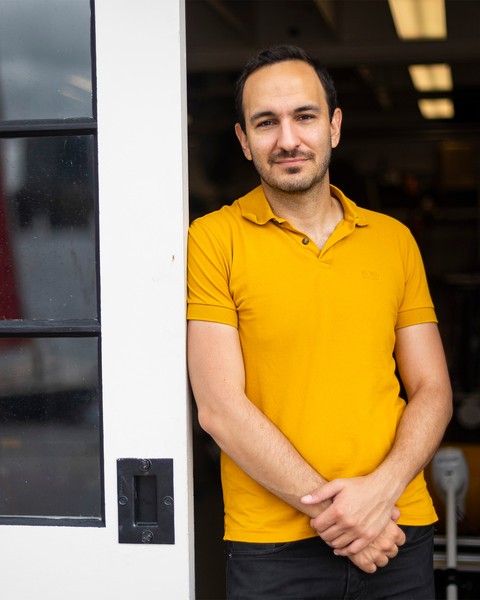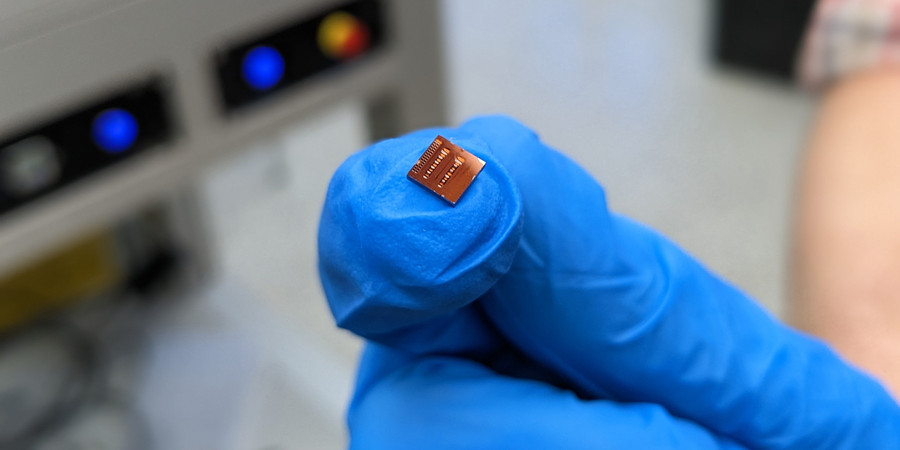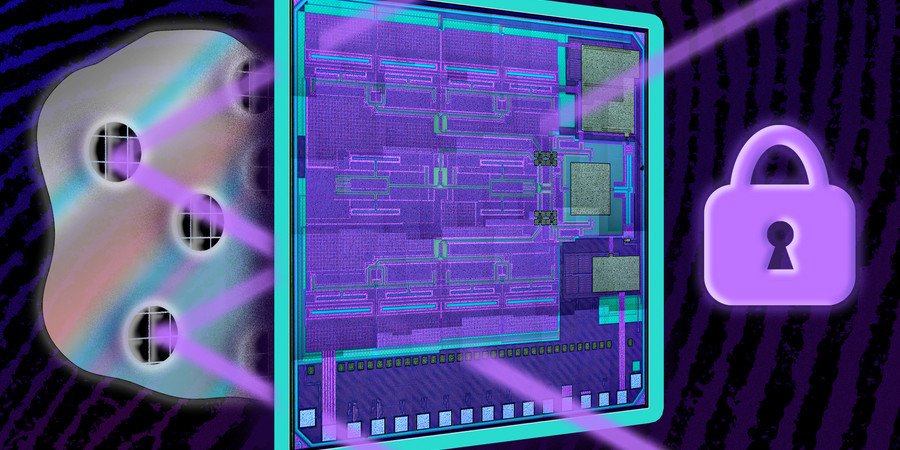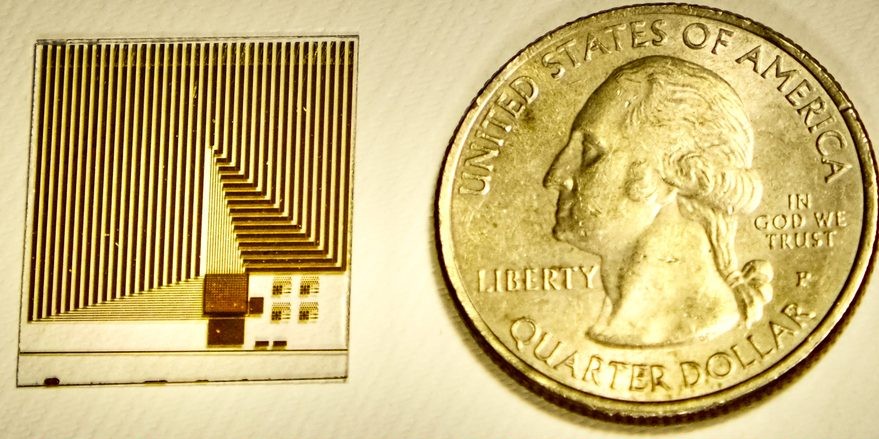Adam Zewe | MIT News Office
January 24, 2023
Fadel Adib never expected that science would get him into the White House, but in August 2015 the MIT graduate student found himself demonstrating his research to the president of the United States.
Adib, fellow grad student Zachary Kabelac, and their advisor, Dina Katabi, showcased a wireless device that uses Wi-Fi signals to track an individual’s movements.
As President Barack Obama looked on, Adib walked back and forth across the floor of the Oval Office, collapsed onto the carpet to demonstrate the device’s ability to monitor falls, and then sat still so Katabi could explain to the president how the device was measuring his breathing and heart rate.
“Zach started laughing because he could see that my heart rate was 110 as I was demoing the device to the president. I was stressed about it, but it was so exciting. I had poured a lot of blood, sweat, and tears into that project,” Adib recalls.
For Adib, the White House demo was an unexpected — and unforgettable — culmination of a research project he had launched four years earlier when he began his graduate training at MIT. Now, as a newly tenured associate professor in the Department of Electrical Engineering and Computer Science and the Media Lab, he keeps building off that work. Adib, the Doherty Chair of Ocean Utilization, seeks to develop wireless technology that can sense the physical world in ways that were not possible before.
Complete article from MIT News.
Explore
Bringing Lab Testing to the Home
Zach Winn | MIT News
The startup SiPhox, founded by two former MIT researchers, has developed an integrated photonic chip for high-quality, home-based blood testing.
This Tiny, Tamper-proof ID Tag Can Authenticate Almost Anything
Adam Zewe | MIT News
MIT engineers developed a tag that can reveal with near-perfect accuracy whether an item is real or fake. The key is in the glue on the back of the tag.
New Sensor Mimics Cell Membrane Functions
Anne Trafton | MIT News Office
The device detects the same molecules that cell receptors do, and may enable routine early screening for cancers and other diseases.




